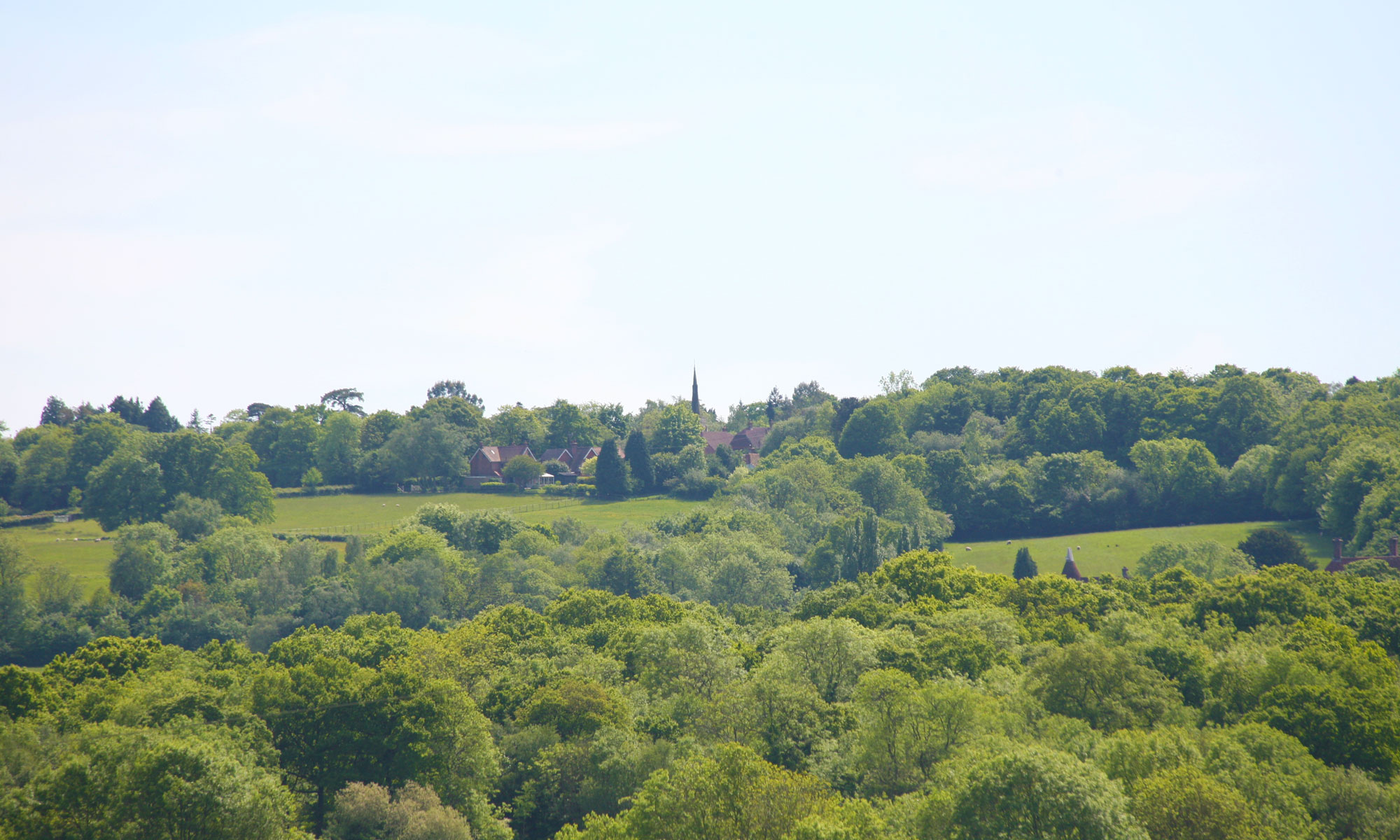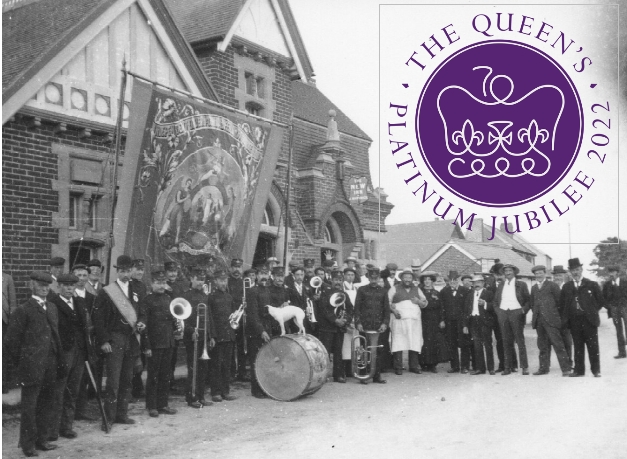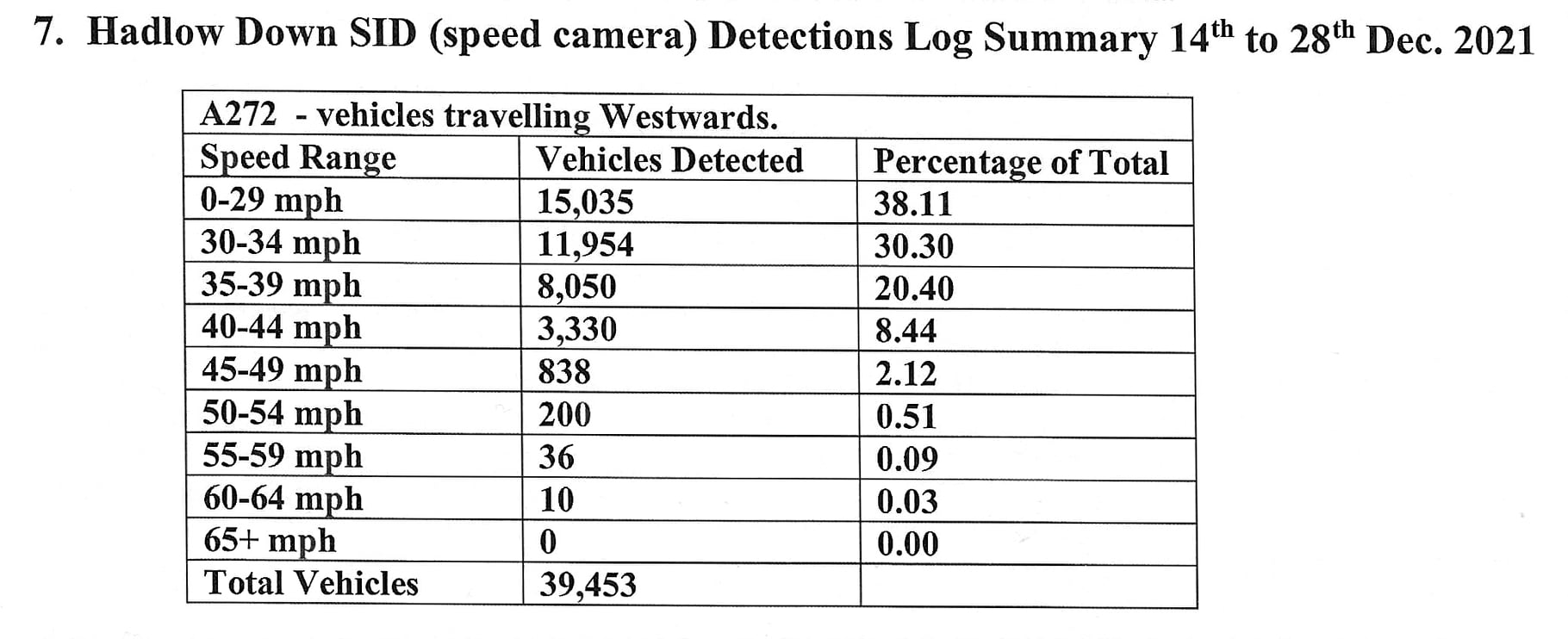Answers to the Hadlow Down Christmas ABC Quiz
Answers to the Hadlow Down Christmas ABC Quiz
1. A272
2. Butchers
3. Costello
4. Day
5. Eridge
6. Fellowes Prynne, George
7. Great Bush
8. Hendry, Charles
9. Ironstone
10. Joyce
11. Kit Wilson Trust
12. Loudwell Farmhouse
13. Miller & Selmes
14. Nurney Cottage
15. Ostrich
16. Princess Marie Louise
17. Quiz Night
18. Richards
19. Spiked Rampion
20. Tin Heaven
21. Uck
22. Viscount Hood
23. Wren’s Nest
24. Xmas Tree
25. YMCA
26. Zumba
Keep watching for the Hadlow Down Trust ABC Reference Lists that will soon start to be posted here on the Hadlow Down Village Web Site as well as on the Village Facebook page starting with the letter A. https://www.facebook.com/groups/HadlowDownVillage/
The Trust welcomes any additional subjects, information or corrections to the letter categories, just email hadlowdowntrust@gmail.com
The Hadlow Down ABC Quiz
How much do you know about your village?
Over the coming months in 2023 The Hadlow Down Village Trust will be posting on the Village Web Site and The Village Facebook Pages alphabetical lists of people, places, events and anything else we can find in the archives concerning facts, social history, pictorial history and anything else that may be of interest to our community.
As we go through the alphabet we would like to invite and encourage any contributions for inclusion. Even if the item misses the alphabetical header issue please send it anyway as we will always have an addition and amendment list included.
Do you remember anything, have cuttings, references, pictures etc. about people, places, events that are relevant to Hadlow Down?
Just send anything via email to:
hadlowdowntrust@gmail.com
Please tell us if you would like to have any contribution acknowledged.
So, how much do you already know about Hadlow Down? The Village Trust thought it would be fun to start off with a quiz for the whole family to try and complete over the Christmas period. The answers will be published in January. A Quiz Form can be downloaded and printed off by clicking here:
Final ABC Quiz for web site
All the answer begin with successive letters of the alphabet starting with A – so that should make it easier!
Telephone Box Book Exchange
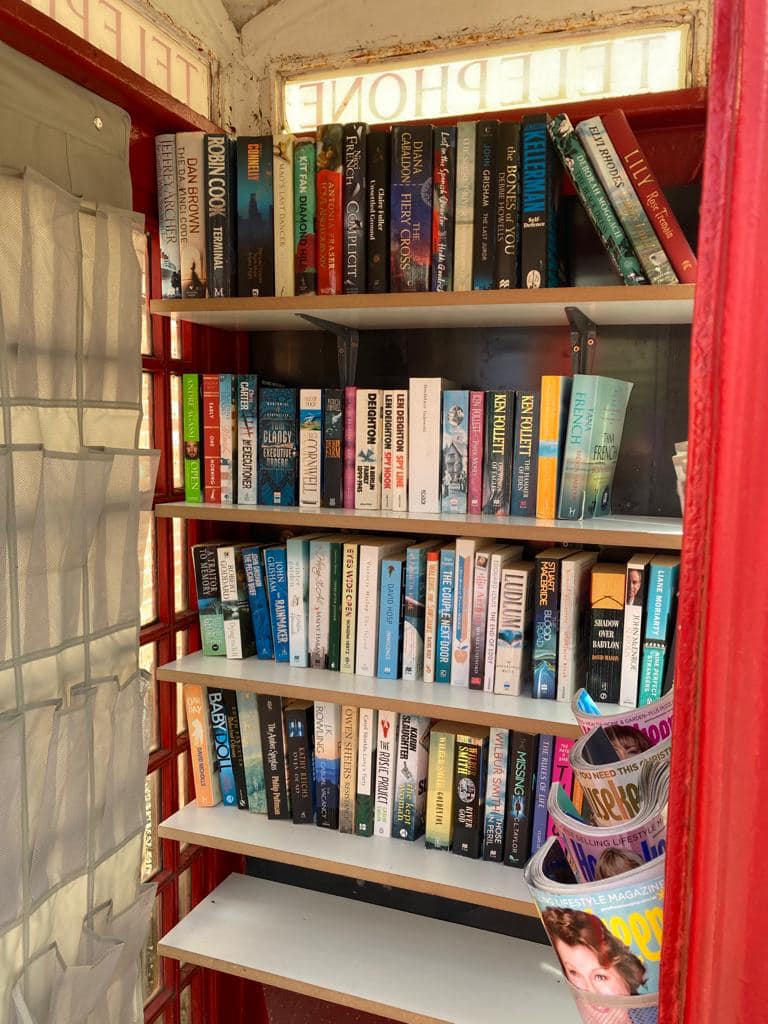 The Parish Council has agreed that our village ex telephone box at the top of Hut Lane can be used as a book and magazine exchange – the first
The Parish Council has agreed that our village ex telephone box at the top of Hut Lane can be used as a book and magazine exchange – the firstPlease just take the book of your choice and and leave behind another, in good condition, if possible.
If just passing through and have no book to replace one taken then still just help yourself.
Just enjoy reading!!!
Please do not leave donated books on the floor if the shelves are full.
Queen’s Jubilee Celebrations
The First New Hadlow Down Speed Indicator Summary
Fire Services Tackle Hadlow Down Blaze
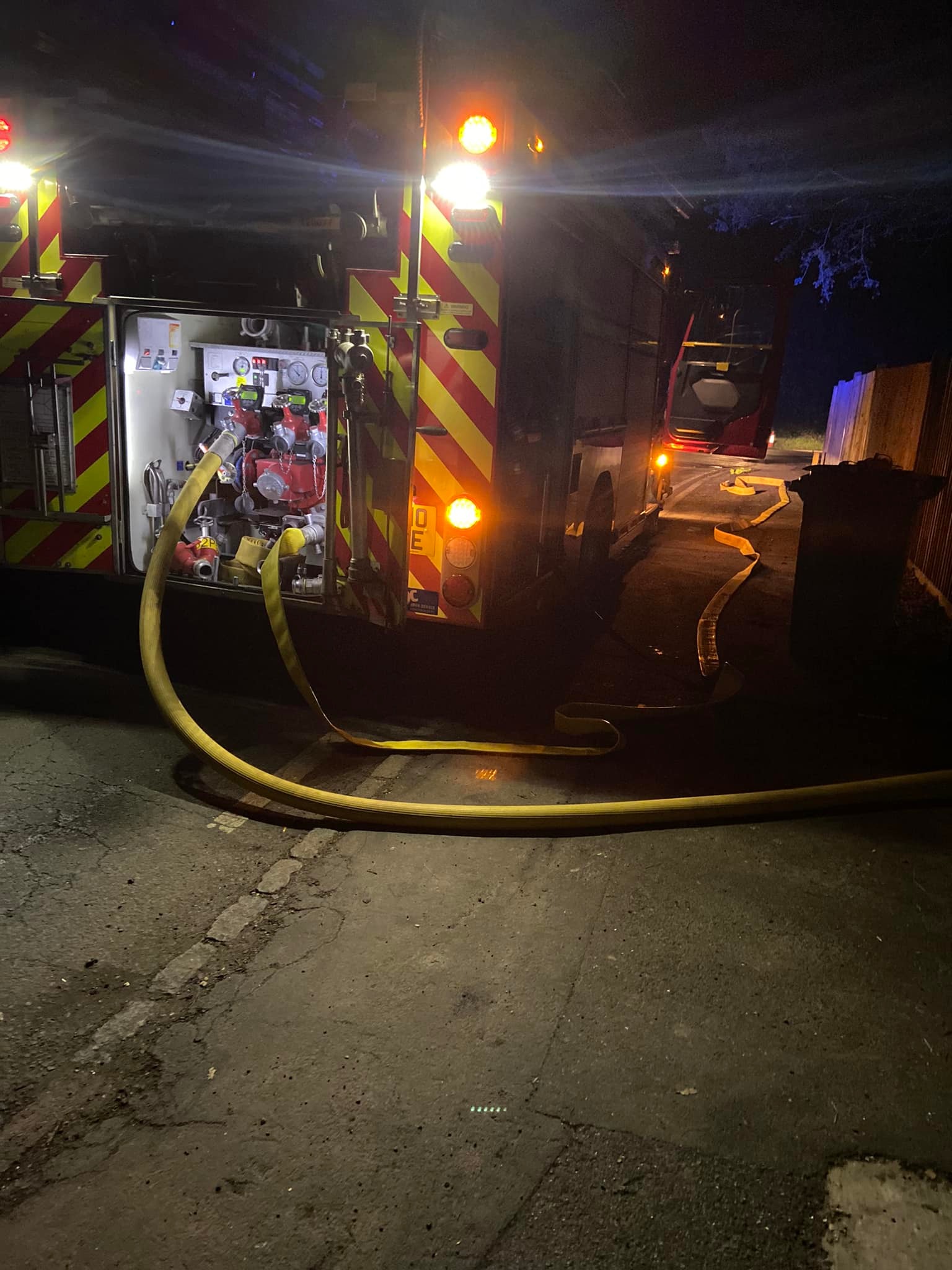 East Sussex Fire and Rescue Services were called out to a a large garden fire in the centre of Hadlow Down on Wednesday evening.
East Sussex Fire and Rescue Services were called out to a a large garden fire in the centre of Hadlow Down on Wednesday evening.
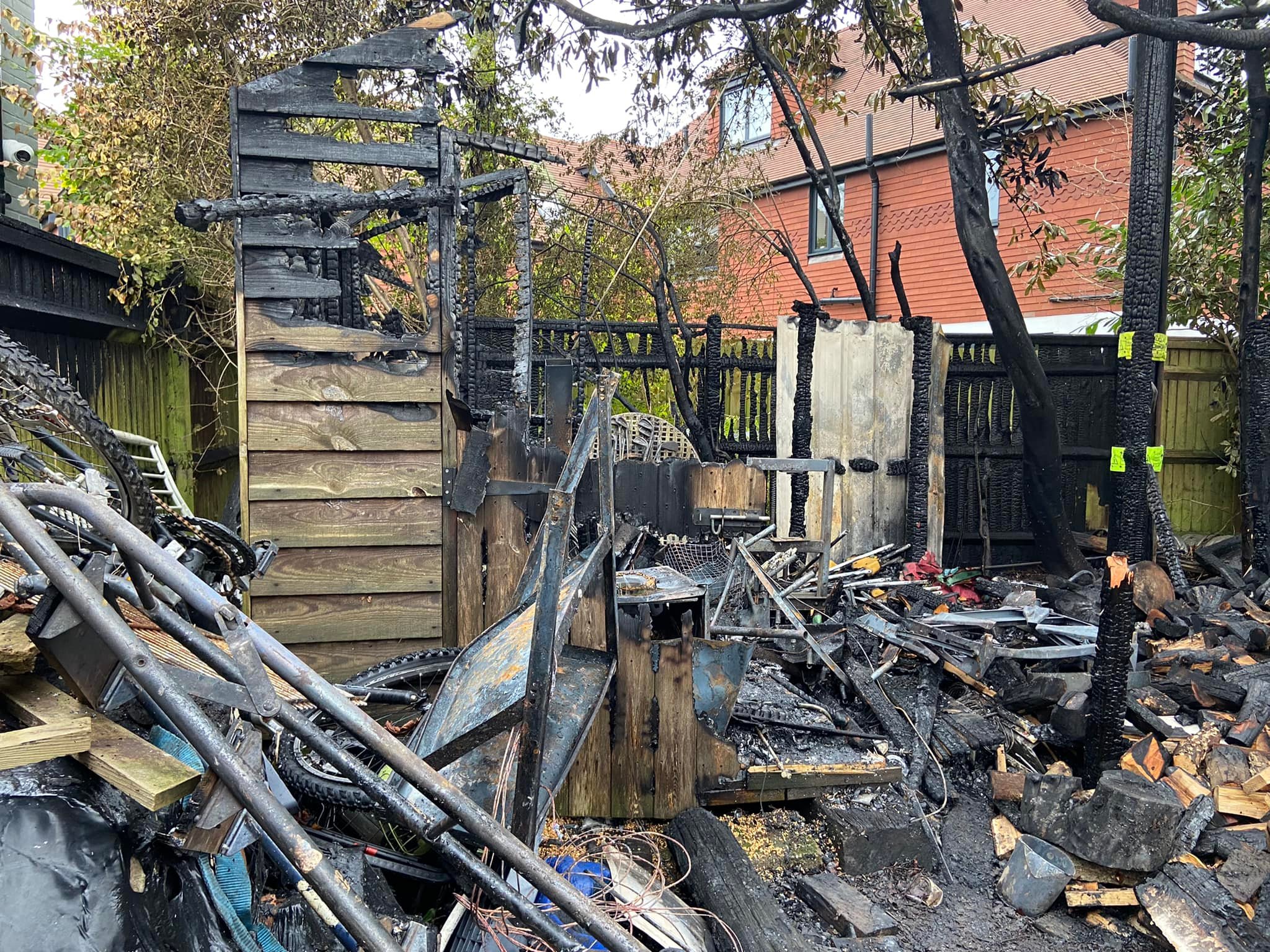 The residents have thanked neighbours and other local people in a post on the Hadlow Down Facebook group page and added a link for any help others can give:
The residents have thanked neighbours and other local people in a post on the Hadlow Down Facebook group page and added a link for any help others can give:https://gofund.me/76d854e6
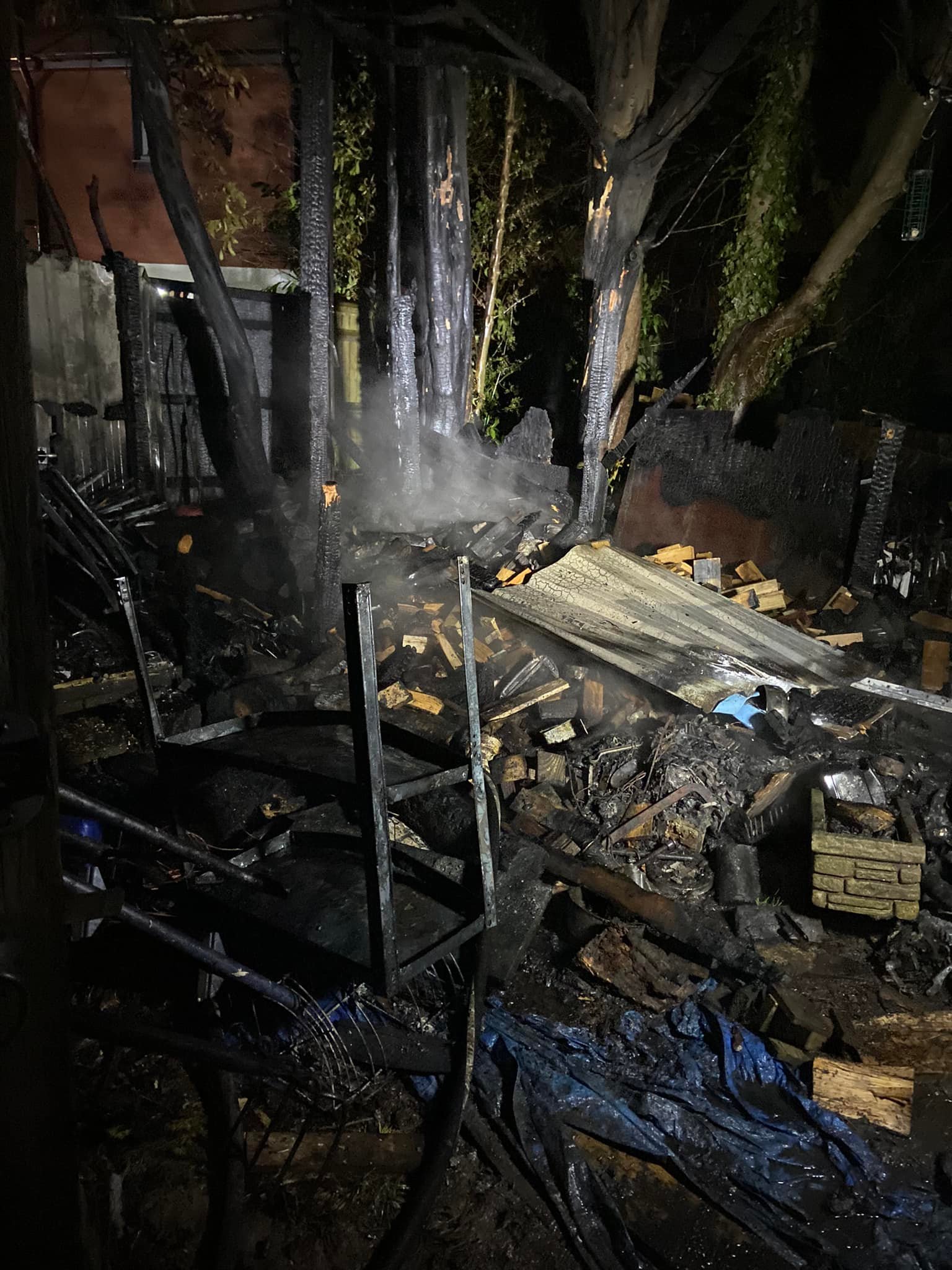
Hadlow Down’s “Tin Heaven”
Recently uncovered article in the Hadlow Down Village Trust Archives:
The “Tin Heaven,” Hadlow Down, East Sussex
In 1885 the Baptist minister Henry Donkin moved to the village of Hadlow Down in East Sussex and founded a new mission. With slow beginnings, it became a fully-fledged mission chapel in the early 1920s, with permission to officiate marriages and take a full and public part in local Nonconformist worship. The building that Donkin commissioned was one of the thousands of “tin tabernacles” that dotted the United Kingdom, the British Empire, and North America, purchased and erected by every type of Christian denomination, from the mid-nineteenth century to the mid-twentieth. Most of these affordable prefabricated corrugated-iron sacred spaces have long since been demolished or have rusted away, but the one in Hadlow Down survives. When he founded it in the 1880s, Donkin named his new mission chapel “The Tin Heaven.”
Donkin’s project, one tin tabernacle among many, was connected to the proliferation of cheaper industrially produced materials and, paradoxically, to a desire for social outreach and simplicity as a counterbalance to the oscillation between economic boom and bust. On July 10, 1857, John Ruskin delivered an explosive lecture at the Manchester Art Treasures exhibition. Britain, like much of the world, was gripped by an anxious mood brought on by a major economic crisis. Ruskin turned his full attention to the relationship between art, religion, and the socio-economic issues of poverty in both general cultural and specific local terms. He argued that, when wealth was not fairly distributed, all suffered both culturally and spiritually, and he pointed out that the acquisitive and territorial attitude to wealth in the modern age could never be compatible with Christian ethics.
Modern socio-economic suffering was the outcome of a rampant greed that resulted in the double-impoverishment of the souls of the wealthy and lives of the poor. One response was to reconsider Christian forms of worship and architecture in light of economic justice and ethics.
With references to the Book of Proverbs, Ruskin claimed that “where there should have been providence, there has been waste; where there should have been labour, there has been lasciviousness; and wilfulness, when there should have been subordination. A decade later, Ruskin returned to Manchester and lectured again on the “Spirit of Poverty” and its positive medieval connotations, firmly connected with simplicity and Christ-like humility rather than with the deprivation, hunger, and suffering that he and his contemporaries saw around them.
Modern socio-economic suffering was the outcome of a rampant greed that resulted in the double-impoverishment of the souls of the wealthy and lives of the poor. One response was to reconsider Christian forms of worship and architecture in light of economic justice and ethics. Out of this debate, and not without Romanticism and idealism alongside depth of commitment to improving lives both spiritually and pragmatically, many advocated a return to medieval styles of architecture to signal a return to a mind-set in which medieval monastic simplicity (though perhaps not the stratification of the feudal system) could breathe new life into a gluttonous and greedy capitalism. Ruskin was simply one voice, albeit an influential one, among many. In 1869, inspired by the Rule of St. Francis, Ruskin wrote to a friend that he wished to “form a society—no matter how small at first, which shall vow itself to simple life in what is called poverty, that it may clothe and cleanse, and teach habits of honour and justice—to as many as will receive its laws among the existing poor.”
History of Hadlow Down Village Hall
HADLOW DOWN’S VILLAGE HALL: PAST AND THE FUTURE?
Hadlow Down’s first village hall, although not named as such, was a large hut obtained from the YMCA and erected on land donated by the Eridge Estate; it was always known as ‘the Hut’ or ‘the Red Triangle Hut’ after its previous owners’ symbol. Opened on June 8th 1921 by Princess Marie Louise, Queen Victoria’s last grandchild, it immediately became the focal point for many of the village’s activities. The Hut hosted many social occasions, classes, Horticultural Society meetings, the Organ Club, British Legion (male and female branches) the Happy Circle for older members of the village, the Jazz Club, the Pied Pipers drama group, and the Bowls Club. It was also used for more formal meetings such as the Church Parochial Council and the Parish Council. Continue reading “History of Hadlow Down Village Hall”
